“How are you amplifying student creativity?” The question popped into my head earlier this week. Let’s explore a few ways you can combine Microsoft’s Minecraft: Education Edition (M:EE) (@playcraftlearn) with school learning opportunities. At a recent ISTE webinar, Boost Critical Thinking with Minecraft, Neal Manegold (Twitter: @nealmanegold) shared the following Maria Montessori quote:
Education is a natural process carried out by the child and is not acquired by listening to words but by experiences in the environment.
Could amplifying student creativity be as simple as offering students experiences they can navigate? And, after a time, students move from navigating to creating? Teachers can scaffold this process with technology. The process is not unlike blending story elements from one genre into another.
The benefits of this process include meta-cognitive thinking and learning, story planning, and remixing story elements. Let’s explore these in more detail.
Benefit #1: Meta-cognitive Thinking and Learning
“Story is a person in a place,” says Douglas Kiang, “with a problem.” He suggests that students read stories, analyzing descriptive texts, and then re-create their mind’s picture of what they understood in Minecraft: Education Edition. Kiang’s students start with a text, such as from Harry Potter, then build a structure that externalizes their understanding of the text. In this way, students don’t go to Minecraft to learn, but rather to show their learning. In his November 2016 webinar presentation, Douglas Kiang shares these maps of popular stories we see in real life:
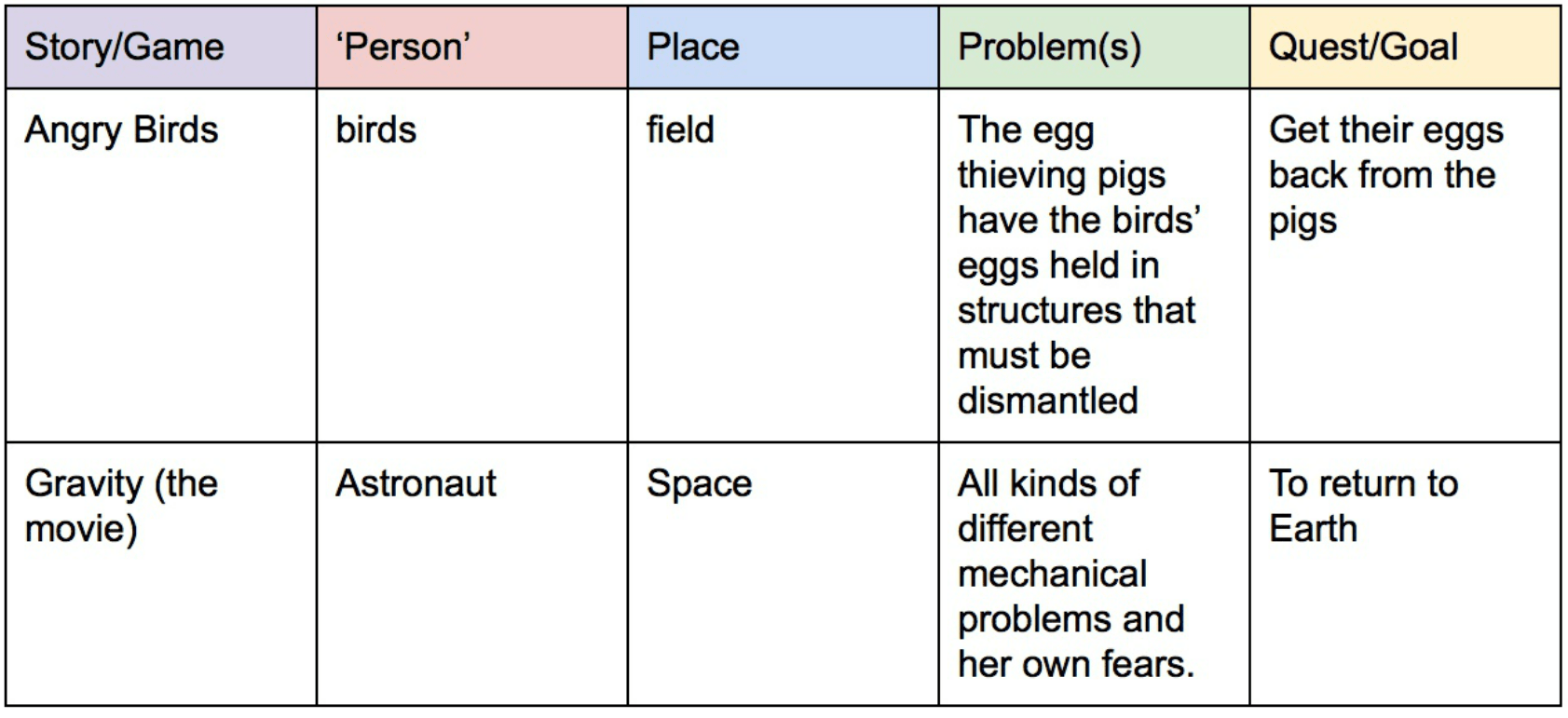
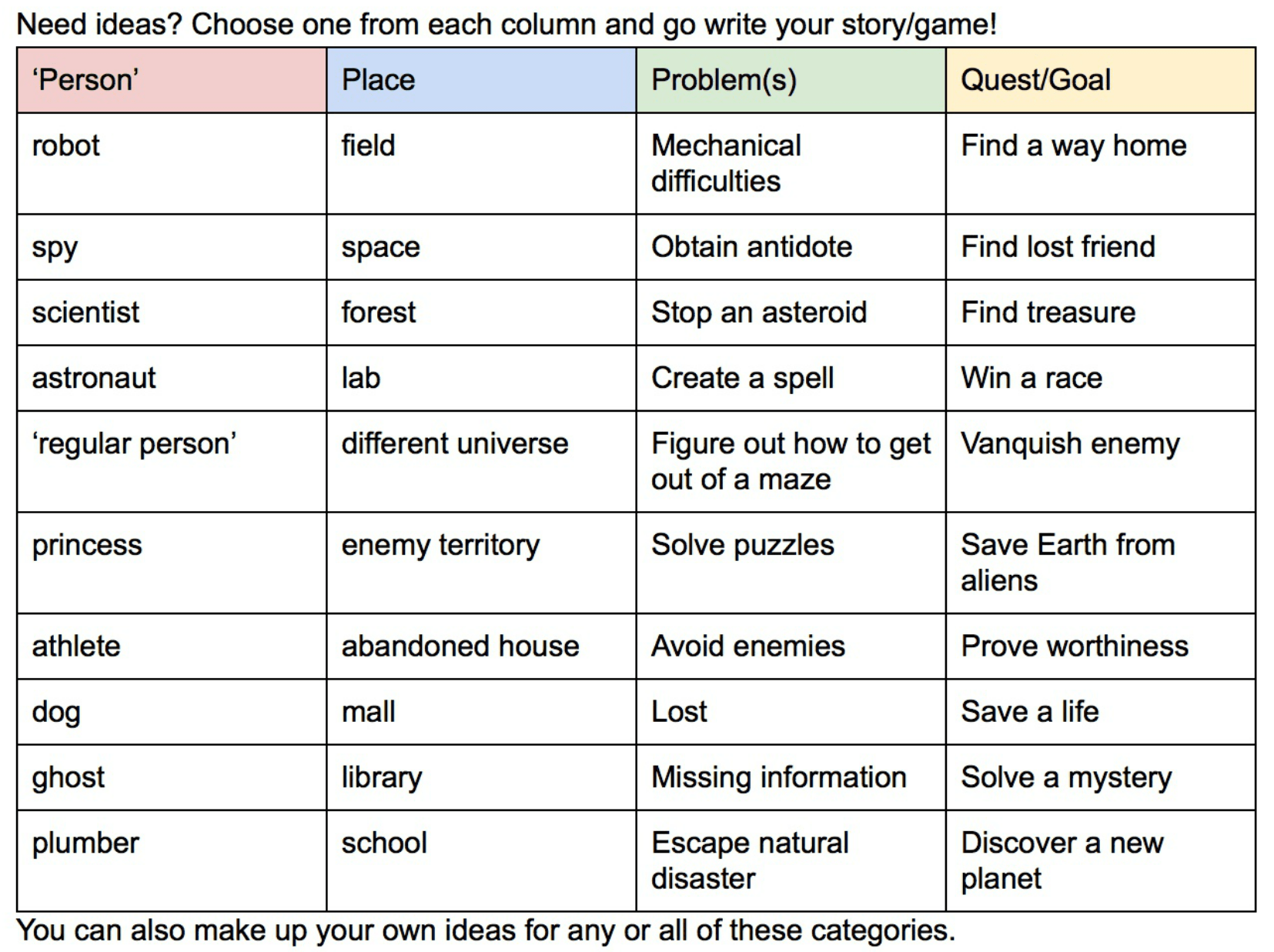 As you might imagine, these maps, or schemas, help students process information and construct understanding from previous knowledge (Source: Fairy Tales and ESL Text).
As you might imagine, these maps, or schemas, help students process information and construct understanding from previous knowledge (Source: Fairy Tales and ESL Text).
Fairytale Magic
“Your story is your life,” says Dr. Jim Loehr. “Telling ourselves stories provides structure and direction as we navigate life’s challenges and opportunities, and helps us interpret our goals and skills.” A schema makes isolated experiences mean something.
The maps that Douglas Kiang uses are not dissimilar from having English Language Learners (ELLs) analyzing fairytale structures, then deliberately mixing them up (see one example). One of my favorite activities when introducing Office Mix involves learners re-telling The 3 Little Pigs or The Little Red Hen. In fairytale lessons for Minecraft, you can have students remix fairytales into one and then dramatize it.
Can you identify the fairytales shown below (Image Sources: http://ly.tcea.org/mcft)?
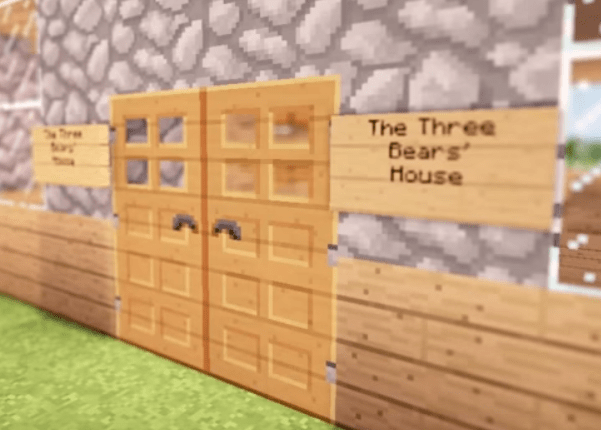
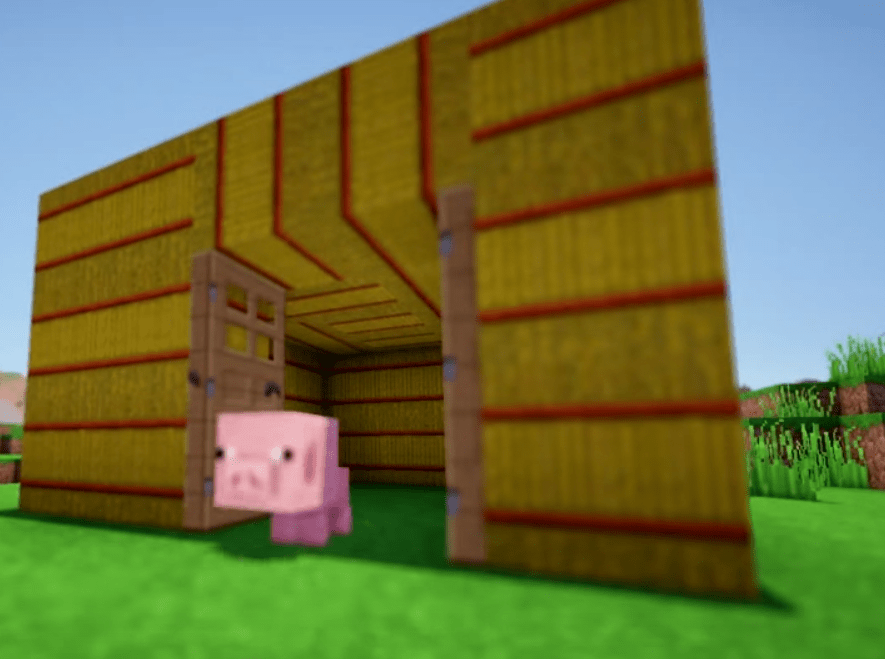
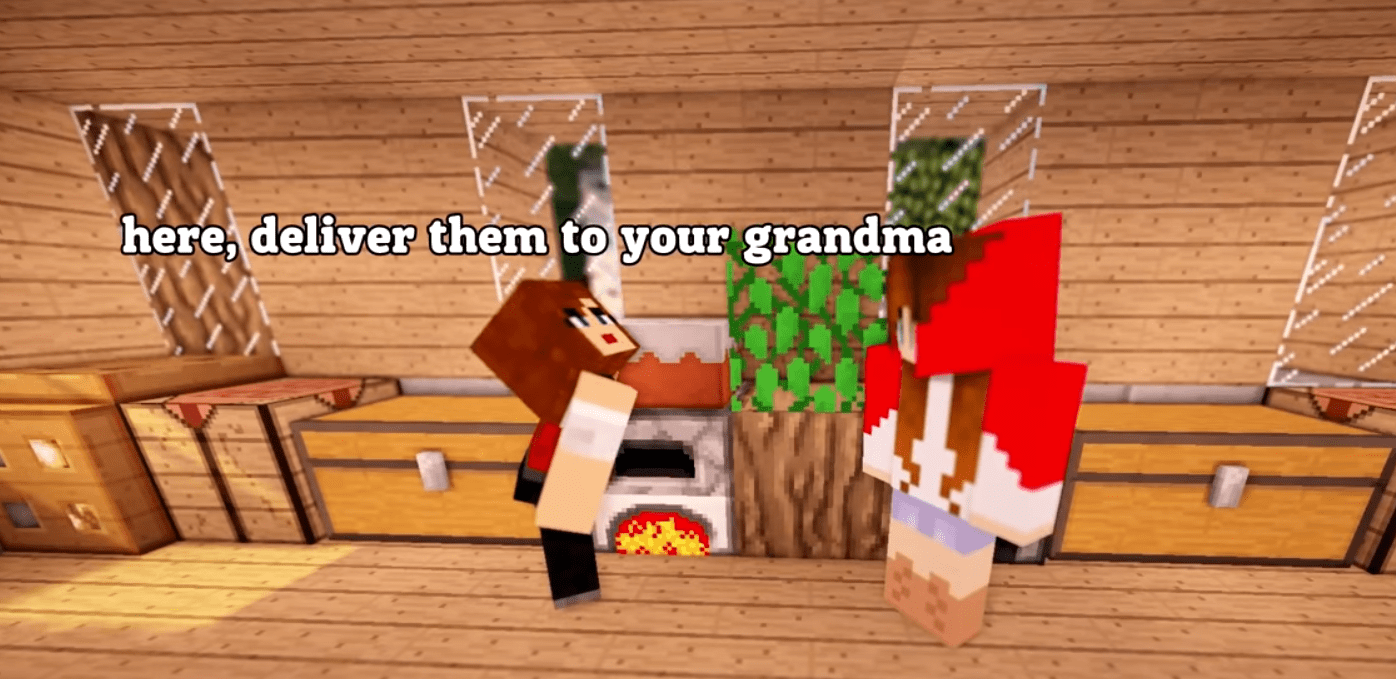
The focus is less on getting a fairytale story “right” and on blending in elements from various fairytales. Students can do what the writers do in the television series Once Upon a Time.
Benefit #2: Story Planning
“Build something that already exists,” counsels Kiang, “or give them an open-ended creativity challenge.” He points to the Eiffel Tower or on-campus structures, inviting students to re-create a building to scale. Before students enter Minecraft to demonstrate their idealization of a pre-existing structure, they must plan it out. As tje teacher, you can facilitate fairytale story planning. Ask students to consider these questions:
- Who are the good characters in your story?
- Who are the evil characters in your story?
- What problem(s) does the main character have?
- What kind of help will the main character get?
- What magic is involved?
- How will the story end?
After planning it out, students can write scripts and then construct virtual interactive movie sets. If every fairytale has a schema, students soon learn that non-fiction stories do as well. Kiang’s charts “uncover” content, new ideas, and lines of argument in real life stories.
Benefit #3: Remixing Story Elements
“We need open dialogue,” tweets Stephen Reid (@immersivemind), “with our children about the #RefugeeCrisis.” Students are able to have meta-cognitive conversations about real life issues in Minecraft. In Douglas’ example, he discusses the use of TNT (dynamite) in Minecraft. Students debate, each eventually citing arguments not dissimilar to the gun debate. Students, described here, are empowered to re-frame real life topics and achieve distance and clarity. They then formulate a novel solution.
Conclusion
Amplifying student creativity can be as simple as blending Minecraft: Education Edition, metacognitive thinking, planning, and remixing real life. Art imitates life. Then once solutions are crafted, life may imitate Minecraft, er, art.
Featured Image Credit
Stephen Reid, Minecraft Refugee Crisis.

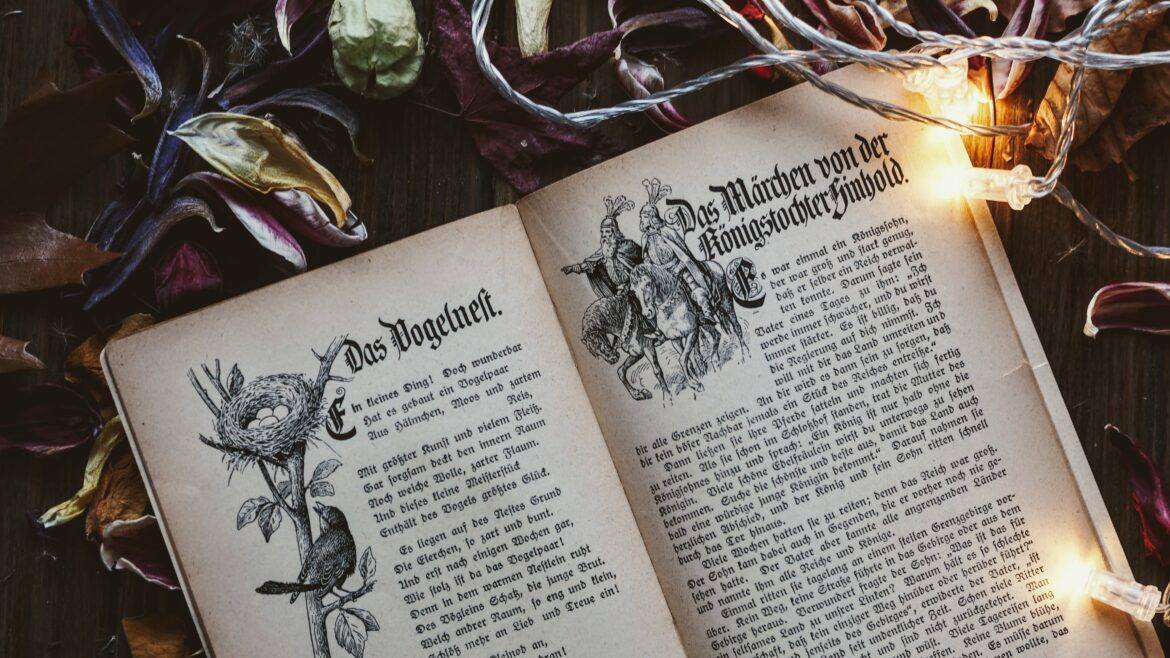
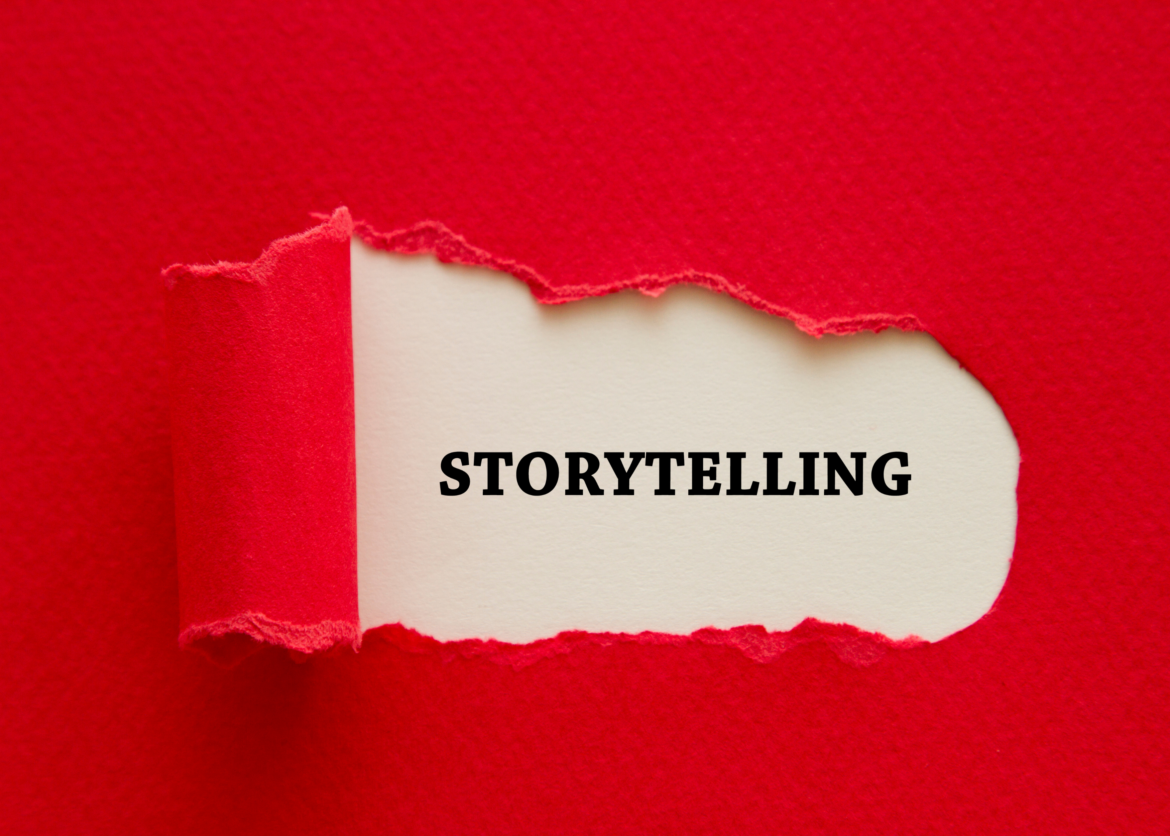
 There are various approaches to storytelling. The oral storytelling approach focuses on a beginning event, a middle with multiple events, each summarized by an image that captures our attention, until it reaches a turning point, moves to falling action, and ends. This story structure can be used for a lot more than just oral storytelling, of course. To prepare for this type of approach, Joe Lambert suggests creating a “memory box.”
There are various approaches to storytelling. The oral storytelling approach focuses on a beginning event, a middle with multiple events, each summarized by an image that captures our attention, until it reaches a turning point, moves to falling action, and ends. This story structure can be used for a lot more than just oral storytelling, of course. To prepare for this type of approach, Joe Lambert suggests creating a “memory box.”